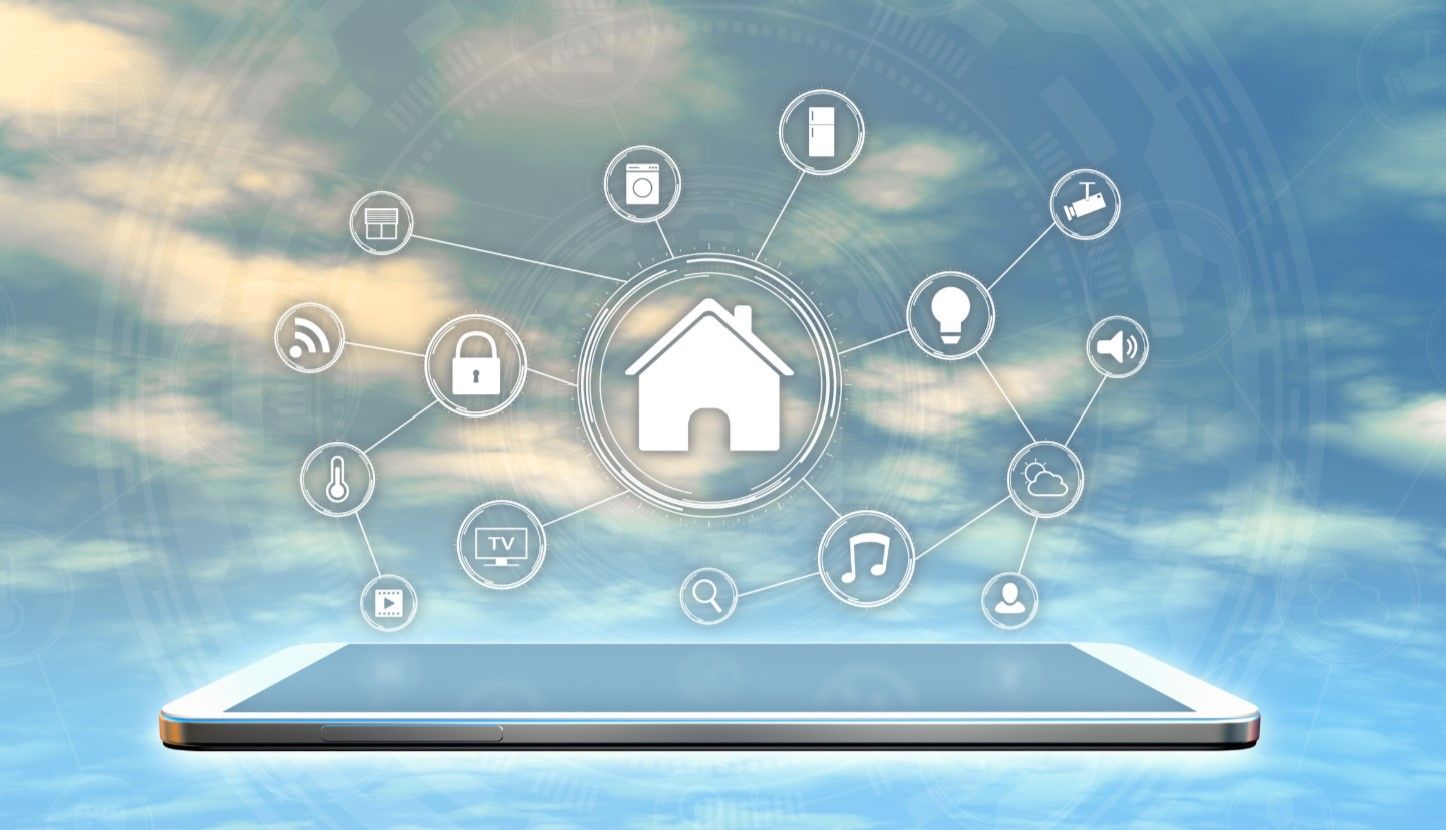Time was when a dead bolt represented the latest thing in home security; when automatic garage doors were futuristic luxuries. Yet each of those innovations grew familiar and home owners realized the many things such innovations could not do. That, in fact, is the fuel for modernization -- a desire to make things work better and more efficiently. Today, houses can enjoy all kinds of safeguards and amenities thanks to newly developed technologies. Even more amazing, there are automations on the drawing board that will make present-day applications seem old hat. Science is truly advancing right at home.
The Family Domicile Just Got Smarter...
The advent of the personal computer and world-wide web -- and the evolution of even handier devices like smartphones -- has revolutionized communication and information technology. Today, these devices do not simply communicate with each other, they can actually issue commands to household appliances and accessories like your refrigerator, locks, lights, pet feeders, ceiling fans and window blinds, to name a few. Depending on the item and task, cost varies in terms of purchase and installation. How "smart" a home can get is factored on the number of smart components within...and how they communicate with the hub.
The hub, or bridge, connects the various smart elements of the house and regulates the communications among them. Hubs can operate from a wi-fi network or Bluetooth or less commonly used protocols. Popular versions are Amazon Echo and Apple HomePod. Hubs are often accessed remotely by way of a smart phone so that house functions can be turned on and off remotely.
The good news is that you do not have to buy all new fixtures for the hub to work. Smart plug adapters and wi-fi power strips can transform non-connected items into responsive elements of the smart home. They also allow owners to keep track of power usage. That said, some of the more recent devices may be well worth the money.
- Wireless outdoor surveillance cameras that can zoom automatically; toggle to night-vision recording; track motion; and activate spotlights and sirens.
- Sensor-enabled smart locks that operate remotely by voice command.
- Thermostat and climate control systems that are activated and halted by off-site voice or keyboard directives.
- Lighting, kitchen appliances and even outdoor grills are now designed for wi-fi compatibility. These are just the latest developments to come on line.
...and the Learning Continues
In August of 2019, technology journalist Patrick Lucas Austin gave TIME magazine readers a preview of coming smart home attractions in the next decade. Among the offerings are alarm clocks that set themselves according to your pre-scanned schedule; baths and showers that learn the optimal water temperature for your body; and bathroom mirrors that take a health reading, letting you know if illness id coming. These represent the fruits of artificial intelligence (AI) and the Internet of Things (IoT). Total connectivity right down to your cells and tissues.
Advances in robotics -- already evident in self-propelled vacuums, etc -- will continue such that an increasing number of daily chores will require less human attention. More than that, the newer technologies will get better at learning the habits of household occupants and anticipating their needs and preferences. Houses with such capacity will come with a cost as this new infrastructure will directly affect home value. At least initially, these amenities (eventual necessities for some) will significantly add to the market price of a property. Those owners who are thinking re-sale down the line will consider the impact of smart technology on home value.





